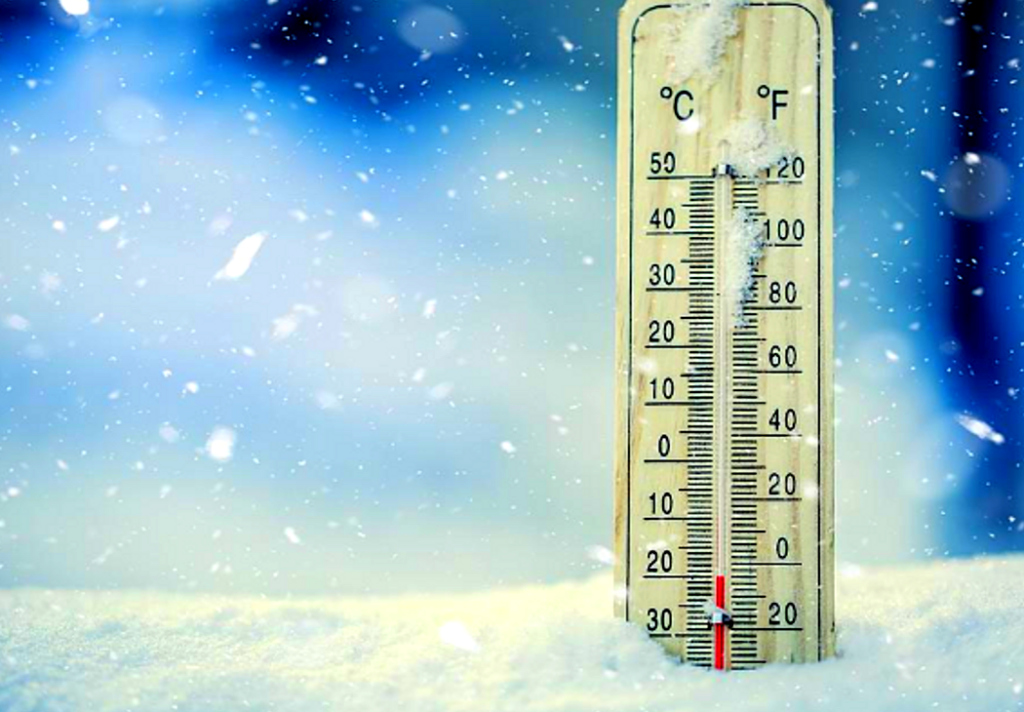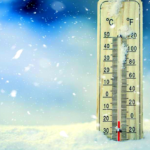
There are a lot of factors that impact the overall ability of a unit to cool and to maintain a specific temperature setting. The internal temperature of numerous degrees can happen depending on how recently the compressor completed a cooling cycle, how frequently the door of the unit has been opened and closed and the temperature of the room or the location where the unit is installed.
You can use a thermometer to measure the temperature inside the unit. Note that the temperature may differ from location to location within the cabinet, so taking a lot of readings may give the most accurate result. Also, please note that the air temperature inside the unit and the liquid temperature of the contents of your unit are not the same thing. To measure the liquid temperature properly, a probe or other style of a liquid thermometer is needed.
Refrigeration units should be placed in locations where the temperatures are between 50F and 95F. Operation outside these temperatures may result in lowered efficiency, or it could cause other effects like difficulty in maintaining the temperature or the inability to reach the desired temperature.
High levels of humidity in the area where the unit is located can also impact the cooling performance of your unit. If possible, try limiting the number of times that the door is open and closed so that you can minimize the amount of warm air that enters into the refrigeration cabinet.
During warm months, it is a great idea to turn the temperature on your fridge down a bit to compensate for the warm air coming in; the same thing should be done during the winter, the temperature should be on maximum to compensate for the cold air coming in. There is a lot more to getting the temperature right in your fridge or freezer. If you do not want to make anyone sick at your next meal, you may want to make sure that the fresh meat that you have in your chiller compartment does not spoil before you cook and serve it. But you also do not want such a low temperature because it could ruin your fresh vegetables.
The fridge temperatures below are an excellent guide to keeping food safe.
Fresh food: between 0°C to 4°C.
Freezer: close to -18°C.
Chiller compartment: close to 0°C.
There are some exceptions to the rule; some fruit and vegetables keep much better at temperatures that are higher than 5C. Chefs, farmers, and retailers need to know the exact details for storage and transport, but the average person, it can help to know where best to store some products in your fridge. Some rules are easy to remember because some fruits get spoiled in the fresh food compartment of a fridge, and they are better stored in warmer environments.
Most fridges have a warmer area, like the dairy compartment. This keeps butter and foods like soft cheeses cold but ready to serve. But since butter and soft cheeses can be kept at colder temperatures, you can replace them with other foods like green beans in the dairy compartment, because it also needs warmer temperatures.
Once you’ve got your fridge temperatures right, you should not need to change the settings. If a fridge does its job properly, turning the temperature control to colder when you put in your groceries won’t speed up the cooling process, it just means that your food will end up colder.
During winter, your freezer gets warmer. It is a great idea to keep a close eye on temperatures by using a thermometer, especially during winter and summer.
It is also important to have your fridge well-maintained to keep it running and working as it should. There are a lot of local service providers like the commercial refrigeration repair in Jacksonville that can help you monitor the temperature inside and outside your unit.
